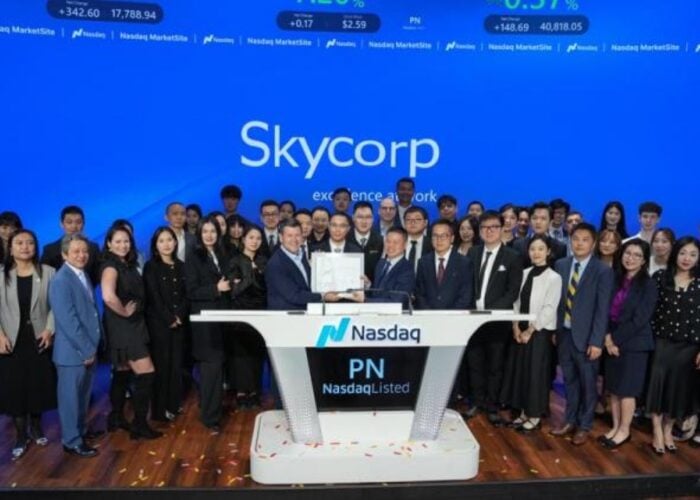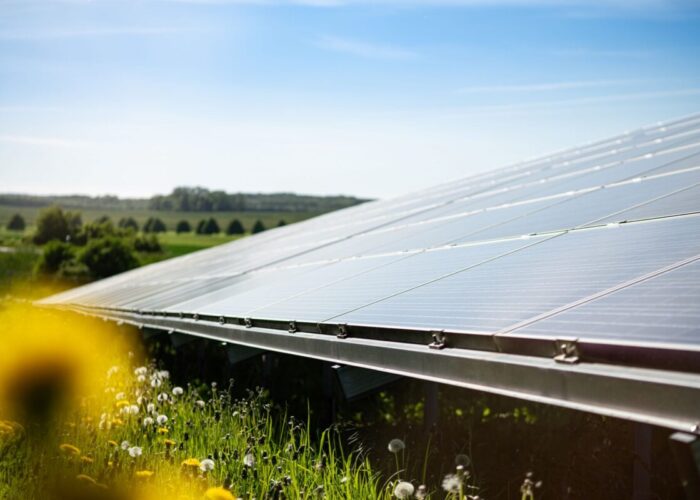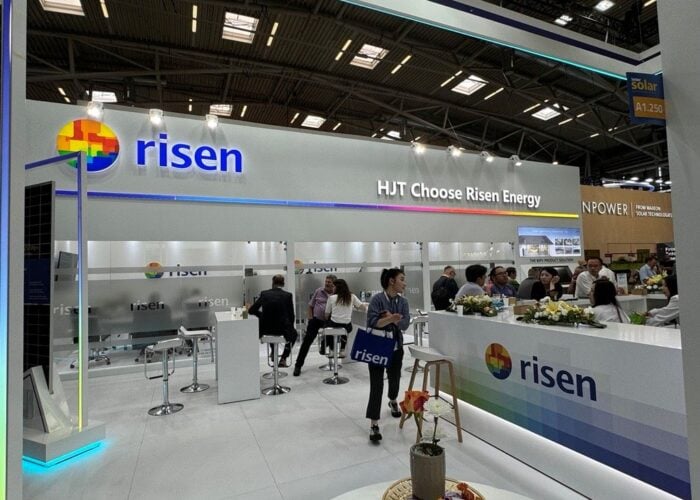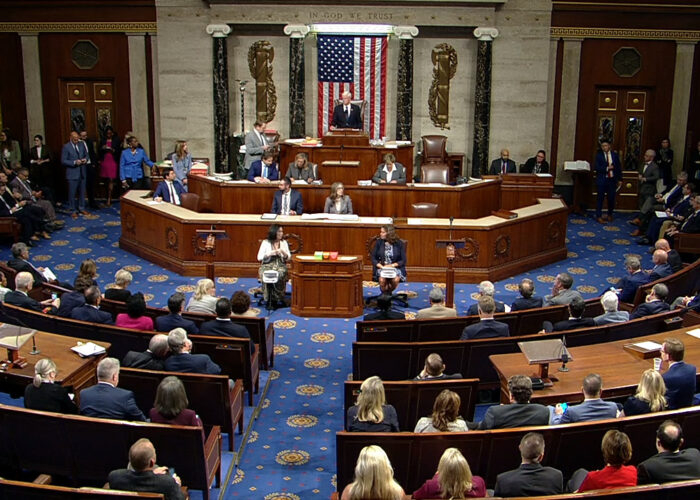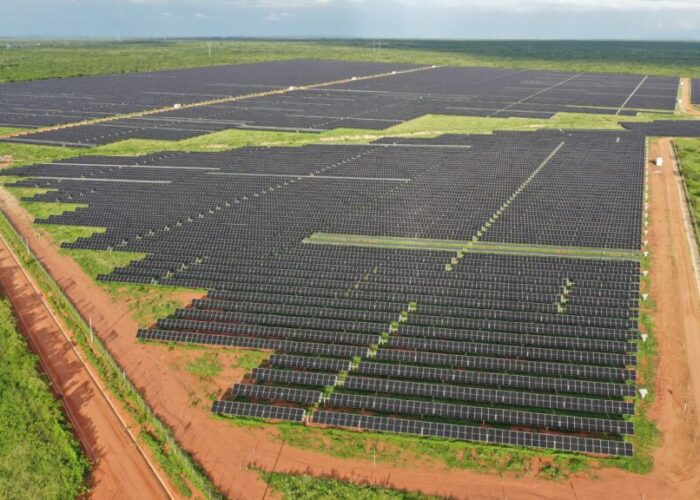Hyundai Heavy Industries (HHI) has announced the achievement of 19.7% conversion efficiency for its copper-contact solar cells. The record, for a selective-emitter cell, was obtained using standard 156mm commercially available p-type silicon wafers and has been verified by Fraunhofer ISE.
HHI researchers have been working on improving the LDSE technology with the addition of copper contacts on the front of the cell, eliminating the need for silver in the process. The use of copper, rather than silver, has led to cost reductions of up to 30% when compared to same-size cells produced by other companies. A key innovation by HHI’s newly restructured research and development team was to prevent plating step problems by fitting the deposition method of the front silicon nitride dielectric.
Unlock unlimited access for 12 whole months of distinctive global analysis
Photovoltaics International is now included.
- Regular insight and analysis of the industry’s biggest developments
- In-depth interviews with the industry’s leading figures
- Unlimited digital access to the PV Tech Power journal catalogue
- Unlimited digital access to the Photovoltaics International journal catalogue
- Access to more than 1,000 technical papers
- Discounts on Solar Media’s portfolio of events, in-person and virtual
Dr. Choong-dong Lee, COO of HHI’s Green Energy Division, commented, “The new cell is a critical milestone in our on-going effort to improve the performance of our photovoltaic products while reducing the production costs. The record-setting new solar cell technology is a testament that we now compete head-to-head with the leading solar institutes and companies in terms of R&D.”
The selective-emitter cell, which has a full-area aluminium-alloyed back electrode, beat the previous record of 19.6% efficiency, held by a Chinese company for 125mm wafers.
Dr Eun Chel Cho, head of HGERI, added “We are convinced that the renewable energy business is not an option, but rather a requirement, for the continued growth of our company in these days of a global climate change. With an aggressive investment in the R&D to match our zeal, we seek to create a leading global research institute in the renewable energy sector in a few years.”
HHI, which already operates Korea’s largest cell and module production line, is planning a new solar R&D centre in the southeastern county of Eumseong. The centre will join the company’s 600MW manufacturing plants and will be supplemented with newly acquired, cutting-edge research technologies and equipment.

